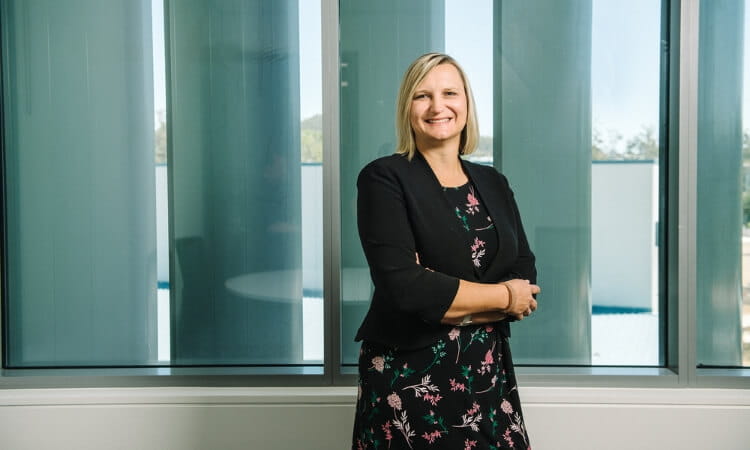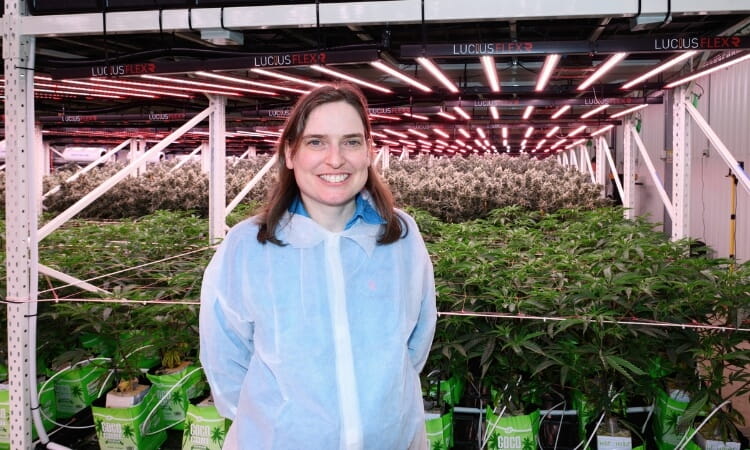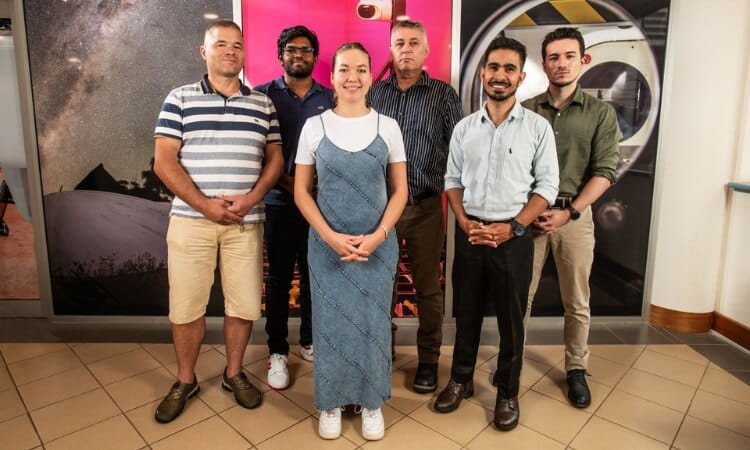A University of Southern Queensland and Austrak collaboration is right on track after a team of engineering experts travelled to Adelaide to install their first sustainable composite railway transoms.
The research team, led by University of Southern Queensland Chief Investigator Dr Wahid Ferdous, aims to replace timber transoms, a type of railway sleeper used in bridges, with a new material made from fibre composite and waste-based materials.
The Queensland State Government and Austrak have funded the project through an Advance Queensland Industry Research Fellowship, which Dr Ferdous received in 2021.
“The fibre composites contribute to the product’s strength, while the waste-based materials contribute to its sustainability,” Dr Ferdous said.
“We have found that combining these materials can produce a composite transom with a design life of around 50 years.
“This is more than three times longer than existing timber transoms, which last around 15 years, which means we can help significantly reduce track maintenance costs.
“The knowledge and experience shared between the University and project partner Austrak has played an important role in validating these new composite transoms.”
In July, Dr Ferdous and his team travelled to South Australia to monitor nine composite transoms installed in a part of the state’s rail track under real-life loading conditions, which they then compared to the existing timber transoms.
“We found that the deflection of the rail track with the composite transoms was within the allowable track deflection limit,” Dr Ferdous said.
“I have conducted many tests on these composite transoms at the University’s laboratory, where I had the chance to critically evaluate their performance.
“But it’s very exciting to see the research in action when it’s translated into a commercial product.”
Institute for Advanced Engineering and Space Sciences Acting Executive Director Prof Allan Manalo said the University had been working extensively on many industry lead research projects, with the team helping to translate research into reality.
“This in-service performance evaluation will help demonstrate to railway engineers and authorities the durability and high-performance characteristics of polymer composite transoms and encourage the adoption of this new technology as an alternative to expensive and hard-to-secure hardwood timber for bridge transoms,” Prof Manalo said.
Dr Ferdous said a future goal for the team was to optimise the performance and cost of these composite transoms to make them a more competitive product.
He anticipated the new product would one day lead the Australian composite transom market while also attracting international interest.



